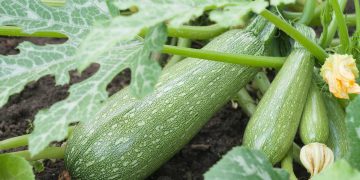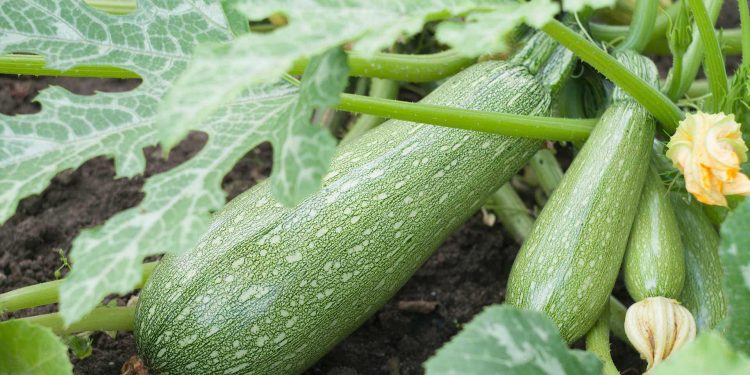Root rot diseases of zucchini (Cucurbita pepo L.) caused by pathogens such as Phytophthora spp., Fusarium spp. and others, pose serious challenges to productivity and quality. This article takes a detailed look at the symptoms, beneficial conditions, and strategies to combat these devastating diseases.
Understanding Phytophthora Root
Late blight root rot is one of the most serious diseases affecting zucchini. The causative agent is Phytophthora spp. causes symptoms such as white dense mycelium on stems, fruits and plant bases. Brown rot is observed on infected flowers, fruit tips and peduncles, reducing the quality of the crop. Dark brown watery rot develops on the roots, causing irreversible wilting and death of plants in high humidity conditions (20-30°C).
Effective management practices
Farmers should adopt cultural practices such as avoiding planting during rainy periods, using well-drained soils, and practicing crop rotation with grasses. Proper irrigation management is critical to preventing excessive moisture, which promotes the spread of pathogens. A strategic irrigation schedule, especially during fruit ripening, helps maintain optimal soil moisture levels.
Control of Macrophomina phaseolina
Collar rot, caused by Macrophominaphaseolina, develops in warm, moderately humid conditions. Symptoms include brown, watery spots on roots and fruit. Infected plants have leaves that turn yellow and the area for photosynthesis decreases, which leads to a decrease in fruit quality and yield. Effective water management to prevent prolonged drought stress and the use of healthy or fungicide-treated seeds can mitigate this disease.
Fusarium wilt: a constant threat
Fusarium solani f.sp. cucurbitae attacks squash at all stages of growth, causing wilting, necrosis of roots and stem bases, and stunted growth. High humidity aggravates the spread of the disease by forming white fungal masses on the affected tissues. Crop rotation, soil amendments and solarization can reduce pathogen inoculum. Resistant varieties and soil health management are also recommended.
Preventing damping off of seedlings
Damping off caused by pathogens such as Fusarium spp., Phytophthora spp. and Rhizoctonia solani, attacks seedlings at high soil moisture and planting density. Symptoms include green, water-soaked lesions resulting in seedling death. Chemical seed treatments, use of vigorous seedlings, and maintaining appropriate planting densities can minimize the likelihood of damping off.
Recognizing and treating squash root rot diseases requires understanding the pathogen, favorable environmental conditions, and implementing effective control measures. By adopting integrated strategies, including cultural, preventive and curative practices, farmers can improve plant health and productivity, ensuring the production of high-quality squash.


































